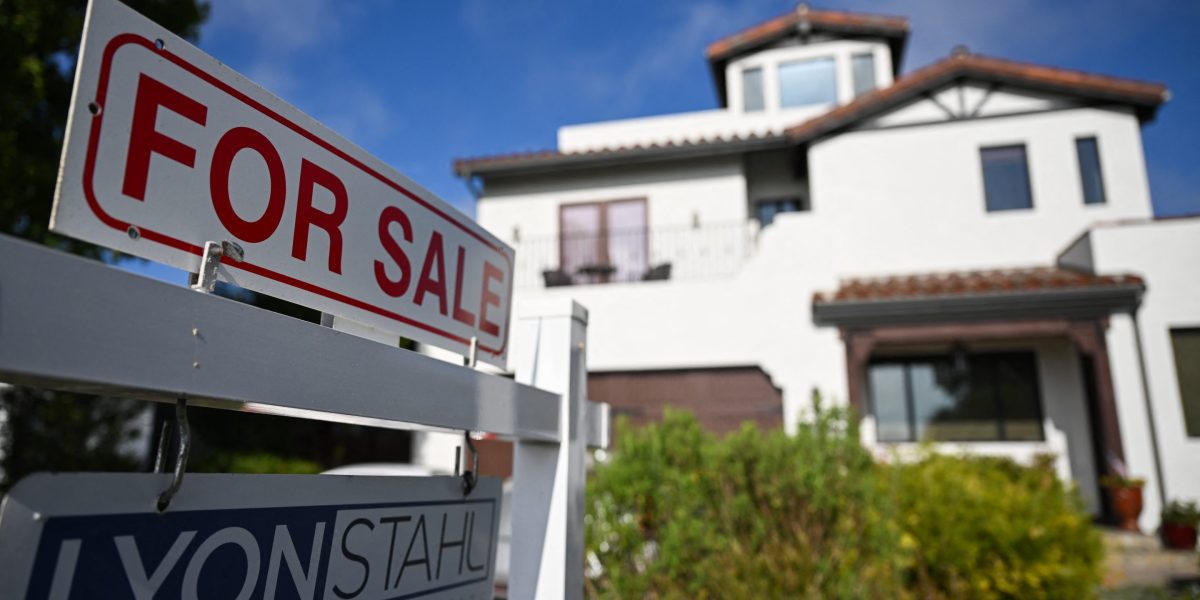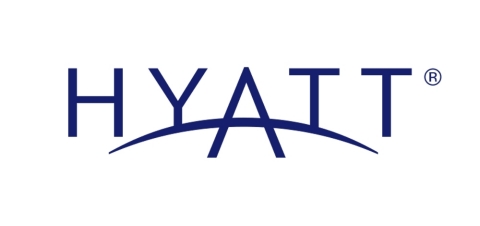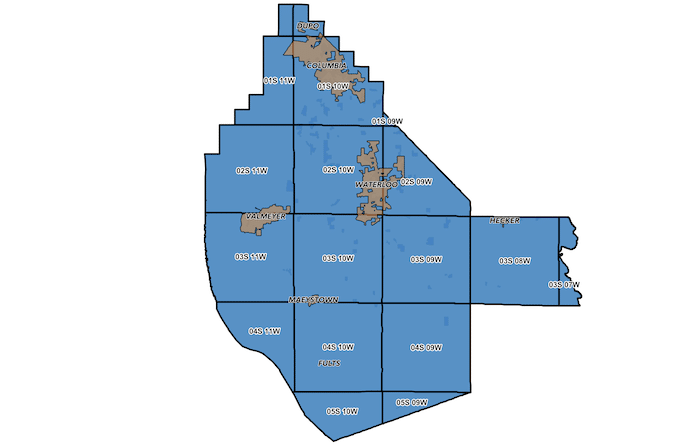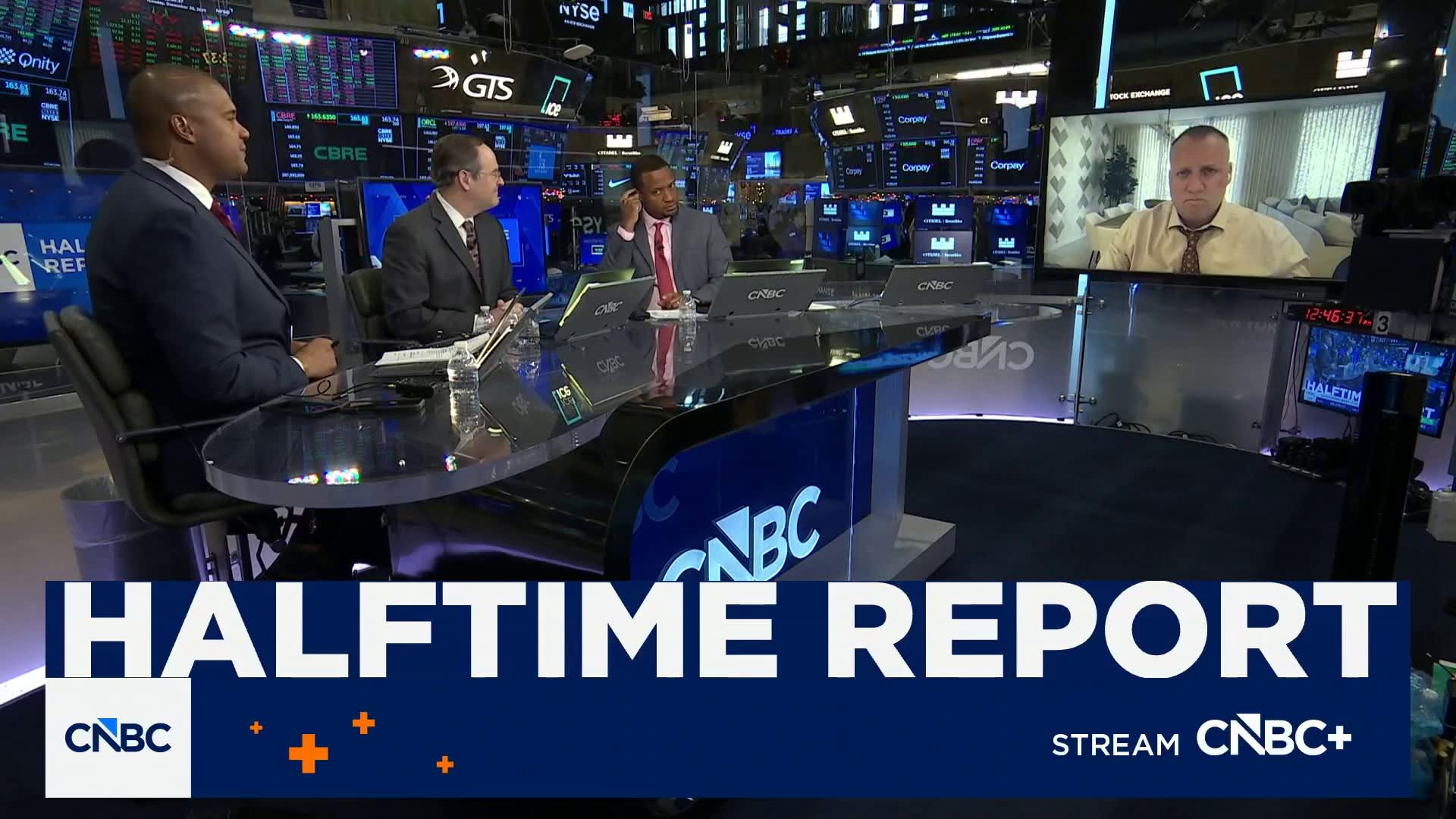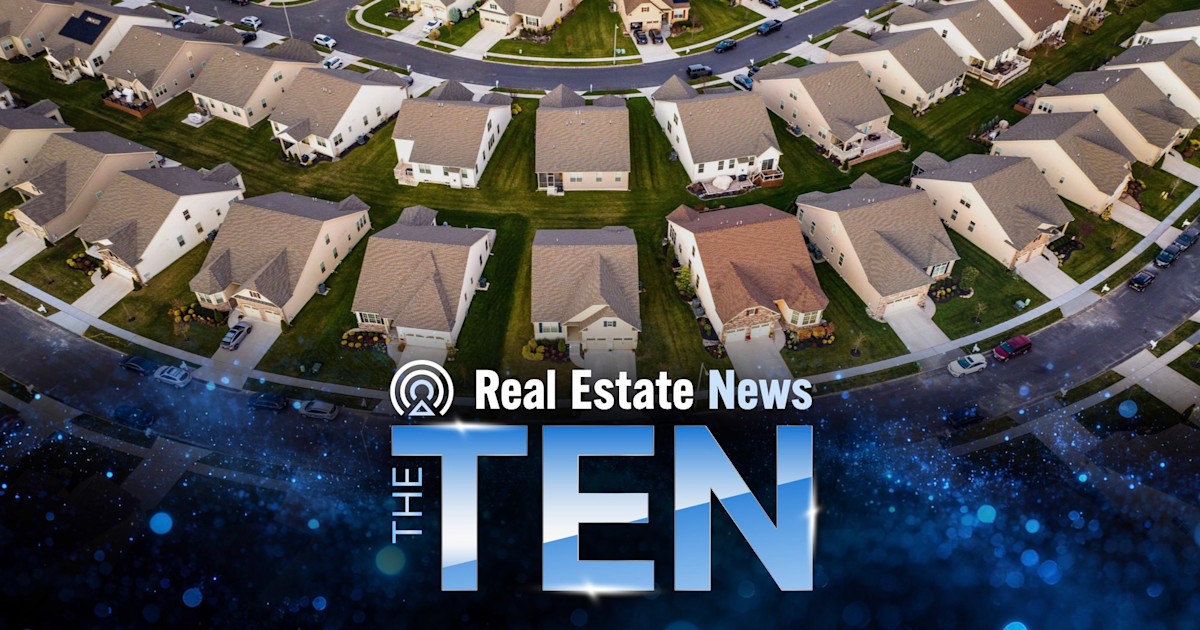T
he US housing market is facing a significant slowdown, with high home prices and mortgage rates making it unaffordable for many Americans. Home values are no longer keeping pace with inflation, which has risen due to President Trump's tariffs. According to S&P Dow Jones Indices, the 20-city composite index fell 0.3% in June from the previous month, marking the fourth consecutive monthly decline.
On an annual basis, home prices rose just 2.1%, down from a 2.8% increase in May. Meanwhile, the consumer price index surged 2.7% in June from a year ago. This reversal is significant, as during the pandemic surge, home values were climbing at double-digit rates that far exceeded inflation.
The weak prices suggest underlying housing demand remains muted, despite the spring and summer being historically peak periods for homebuying. Sales of existing homes have ticked up recently, but are still subdued, while sales of new homes are slumping with prices down. Moody's Analytics chief economist Mark Zandi sounded the alarm on the housing market last month.
Nicholas Godec, head of Fixed Income Tradables & Commodities at S&P Dow Jones Indices, believes this shift in the housing market could represent a new normal, where home prices align more closely with broader economic fundamentals rather than speculative excess. However, analysts at EY-Parthenon predict that home prices will turn negative on an annual basis by year-end due to low demand and rising inventories.
Home listings are up 25% from a year ago, and inventories have risen for 21 consecutive months. Homebuilders are cautious given the pressure on demand and elevated construction costs. The EY report notes that proposed changes to the regulatory environment can help improve builder sentiment, but elevated construction costs and ample inventories will continue to constrain construction activity.
